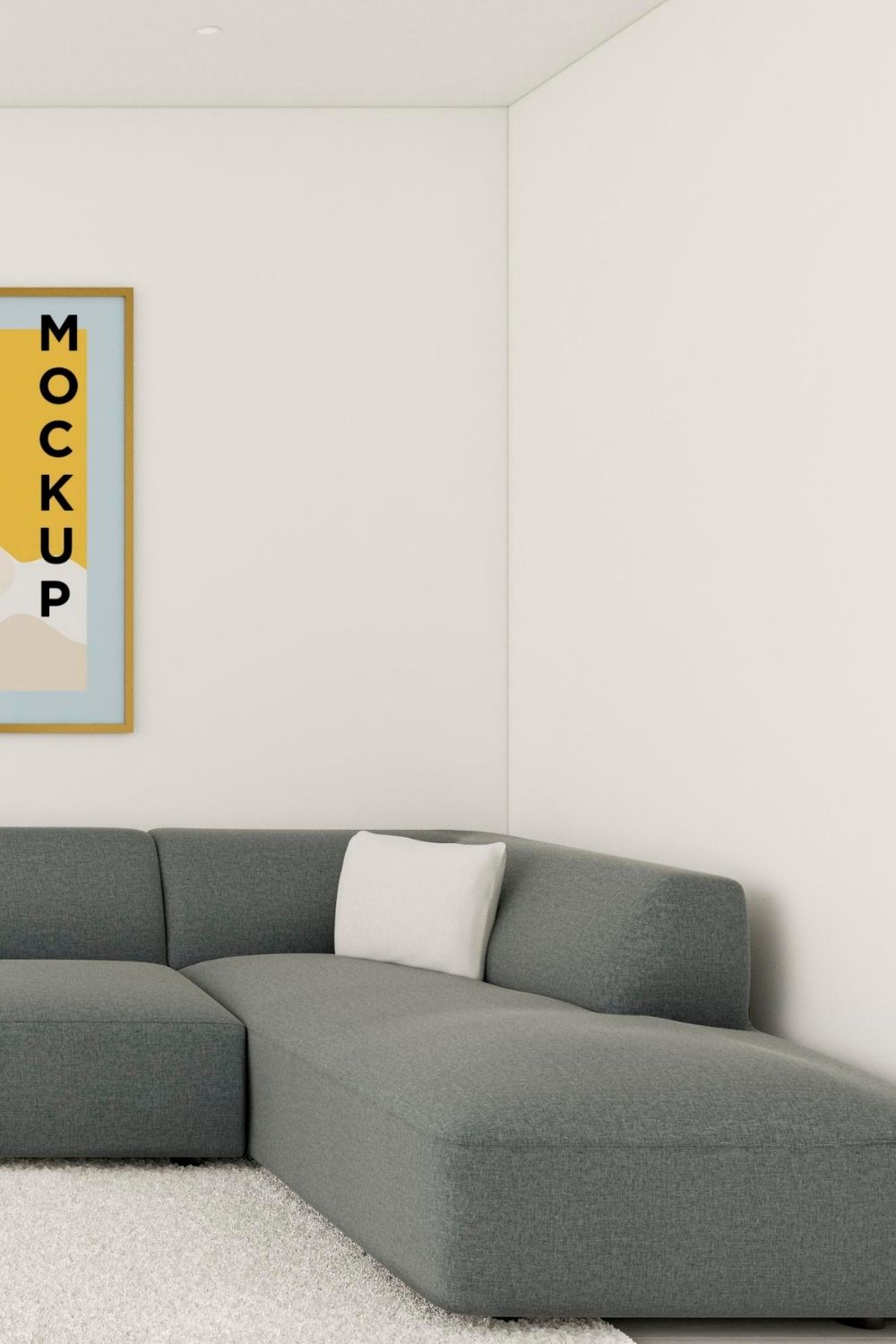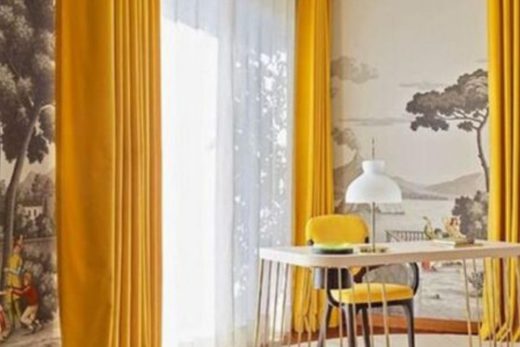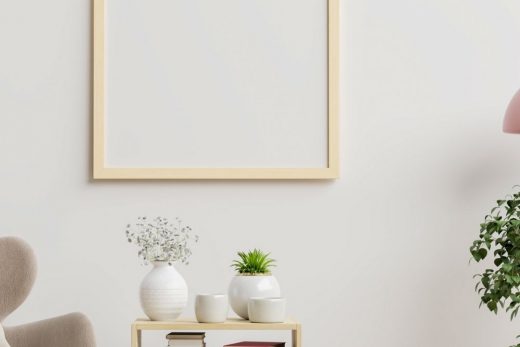Even if you’re on a budget, simply banning clutter and curating your home accessories can make a huge difference.
This year has completely shifted the way people design their homes. For many families, room layouts had to be adjusted to accommodate Zoom meetings and remote learning. Others were focused on carving out space to exercise during the day, and some were simply all about make their homes more cozy overall, whether it was with the addition of greenery, more inviting color palettes, or an assortment of comfortable throw pillows.
But while people have been shopping for new furniture and decor that suits their current lifestyle, there’s also been a growing interest in living minimally. The idea of living in a space that’s free of excess — one that fosters a sense of calm — has been more appealing to homeowners, considering COVID-19.
“Soft and simple designs are what is bringing us joy right now, so a minimalist lifestyle has proven to be a huge benefit during this pandemic,”.
If you’re curious about how to realistically pull off a modern minimalist design aesthetic, consider these tips from Harrison-McAllister:
Ban clutter.
Since clutter is the opposite of minimalism, take the time to pare down your belongings to free up much-needed space in your home. “A great place to start is by editing and removing all miscellaneous clutter like magazines and newspapers along with the layers of accessories such as blankets and pillows,Check out our 14-Day Declutter Challenge for more ideas that will streamline your home.
Be strategic about incorporating accessories.
After you’ve removed the clutter from your space, carefully curate accessories that speak to your aesthetic. “Preserve the personality of your space by keeping items that have been carefully curated and have their own memory behind them,” “Then break up the space by adding one bold piece of art to bring this style to life.”
Choose furniture with clean lines.
Rather than opting for furniture with varied styles and finishes, go for understated, timeless pieces. “Stick to clean lines with your furnishings without any rolled arms or an ornate leg detailing,” “These things will only distract your eye and can be too busy.”
Stick to a neutral palette.
You can never go wrong with a neutral palette, especially when it comes to a minimalist home. Shades of white, cream, beige, gray and taupe are all ideal (just keep some good upholstery cleaners on hand!). “They keep the eye relaxed and you can add elements of texture through plants, pillows, and art,” To prevent your space from looking sterile, experiment with contrasting shades of one color and textured fabrics, including linen and chenille.
Bring the outdoors in.
Fabric isn’t the only way to weave texture into a space — greenery counts, too. “Choose plants in a more clean and architectural style, and stay away from bulky ones that take up unnecessary space and create mess and debris over time,” Ficus, snake plants, and cactus are all great options.
Accept that maintaining a minimalist home is an ongoing process.
Making the decision to live in a minimalist home requires a great deal of patience. Along with shifting your mindset, you have to be willing to edit your belongings as you collect new things over time. “Don’t try to do everything at once or you will lose the joy that comes with redesigning your space,”





